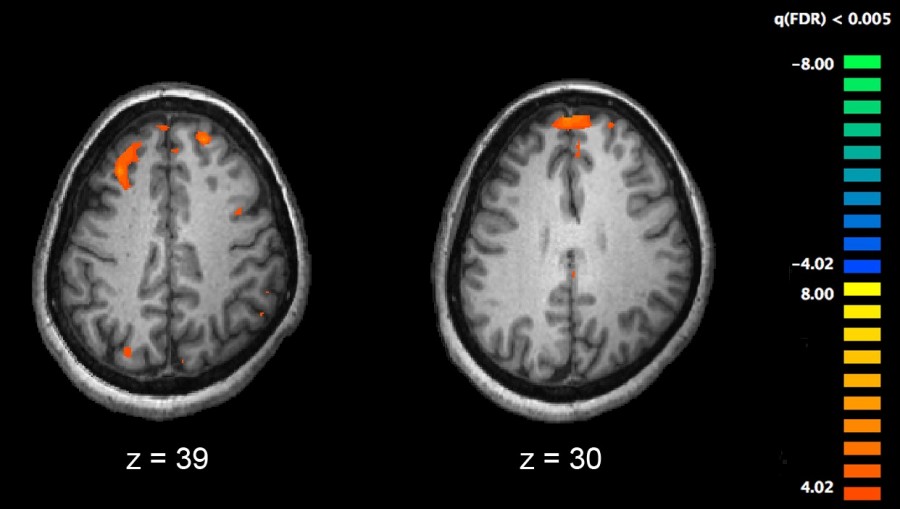Schizophrenia Research is One Step Closer
According to mayoclinic.org, “Schizophrenia is a severe brain disorder in which people interpret reality abnormally. Schizophrenia may result in some combination of hallucinations, delusions, and extremely disordered thinking and behavior.” Not to be confused with Dissociative Identity Disorder (DID) a.k.a multiple personality disorder, schizophrenia consists of having hallucinations, such as hearing voices in your head or seeing things that are not actually there, and also may cause out breaks of behavior that are not associated with the norm. Typically, people who are diagnosed with schizophrenia are subjected to it during their adolescence, or towards their young adulthood. If you have seen the movie, A Beautiful Mind, you will know that the movie depicts the situation of a person suffering from schizophrenia very well.
Recent research has developed, and scientists have gone one step further in understanding the cause of schizophrenia. Because two million Americans have schizophrenia, it is a highly researched disorder. In essence, they have figured out that there may be certain genes that can increase the chance of a person developing schizophrenia. In addition, they have discovered that there is a natural process in our brains that takes place called synaptic pruning. In general, synaptic pruning is when the brain discards weak connections between neurons as it matures– this occurs in order to increase the efficiency of neural transmissions, and in turn, creates a reduced amount of connections within the brain. The act of synaptic pruning takes place in the prefrontal cortex. The prefrontal cortex is where thinking and planning functions are located. Moreover, individuals who have the certain genes that speed up pruning, or make it more intense, have a higher chance of developing schizophrenia.
This idea is supported in the scientific community because researchers have found that people with schizophrenia have a prefrontal cortex that tends to have a smaller amount of neural connections in comparison to a normal brain. Furthermore, scientists looked at the genomes of about 64,000 people and came to the conclusion that MHC genes (involved in synaptic pruning of normal brains) were present, however, there is a C4-A protein that is produced by a gene, and it is very important. Too much C4-A could cause more pruning than what is necessary, which explains the more thin prefrontal layers of people who have schizophrenia, and also explains why people develop the disorder in their adolescence or young adulthood.
Overall, there is still no medication that could help regulate this process yet. As of now it would be too risky, but hopefully in the future, there will be enough supporting research that will help people who have schizophrenia.

Hey, I'm a Senior at Air Academy High School and the Senior Photo Editor for The Jetstream Journal! I practically run all year long, doing cross country...














Katie Rainsberger • Feb 17, 2016 at 10:17 am
This is super interesting– the brain is uncharted territory and super fascinating!
Tali • Feb 17, 2016 at 10:04 am
Thanks for the info and a great article!